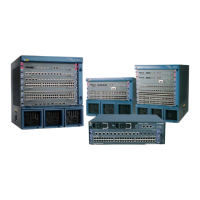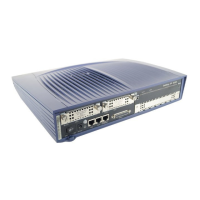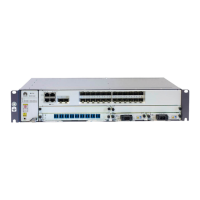8 STP/RSTP Configuration
About This Chapter
The Spanning Tree Protocol (STP) trims a ring network into a loop-free tree network. It prevents
replication and circular propagation of packets, provides multiple redundant paths for Virtual
LAN (VLAN) data traffic, and enables load balancing. The Rapid Spanning Tree Protocol
(RSTP) develops rapid convergence and introduces the edge port and its protection function
based on STP.
8.1 STP/RSTP Overview
STP is a management protocol on the data link layer. It is used to block redundant links on the
Layer 2 network and trim a network into a loop-free tree. RSTP is a refinement of STP and
introduces rapid convergence of the network topology.
8.2 Configuring Basic STP/RSTP Functions
STP/RSTP is used to block redundant links on the Layer 2 network and trim a network into a
loop-free tree topology.
8.3 Configuring STP/RSTP Parameters on an Interface
A feedback mechanism is provided to confirm topology convergence. Thus, rapid convergence
is implemented for RSTP.
8.4 Configuring RSTP Protection Functions
RSTP protection functions are as follows, and you can configure one or more functions as
required.
8.5 Configuring STP/RSTP Interoperability Between Huawei Devices and Non-Huawei Devices
To supports STP/RSTP interoperability between Huawei devices and non-Huawei devices,
proper parameters are required on Huawei devices running STP/RSTP to ensure nonstop
communication.
8.6 Maintaining STP/RSTP
STP/RSTP maintenance includes resetting STP/RSTP statistics.
8.7 Configuration Examples
This section shows typical usage scenarios of STP/RSTP by describing networking
requirements, configuration roadmap, and data preparation, and provides related configuration
files.
Quidway S7700 Smart Routing Switch
Configuration Guide - Ethernet 8 STP/RSTP Configuration
Issue 01 (2011-07-15) Huawei Proprietary and Confidential
Copyright © Huawei Technologies Co., Ltd.
380

